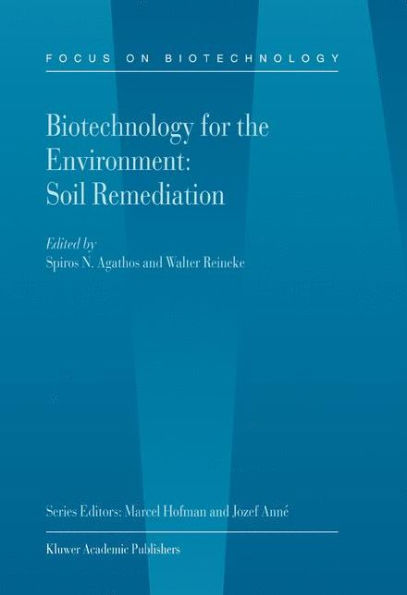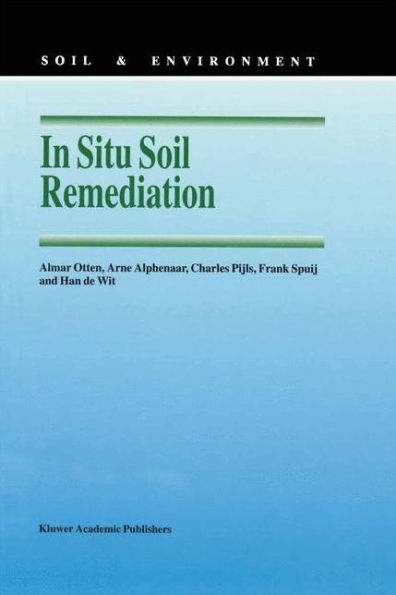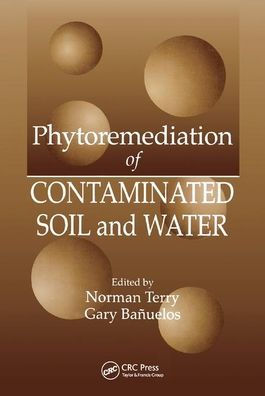Home
The Handbook of Environmental Remediation: Classic and Modern Techniques / Edition 1
Barnes and Noble
The Handbook of Environmental Remediation: Classic and Modern Techniques / Edition 1
Current price: $175.00


Barnes and Noble
The Handbook of Environmental Remediation: Classic and Modern Techniques / Edition 1
Current price: $175.00
Size: OS
Loading Inventory...
*Product information may vary - to confirm product availability, pricing, shipping and return information please contact Barnes and Noble
Environmental remediation technologies to control or prevent pollution from hazardous waste material is a growing research area in academia and industry, and is a matter of utmost concern to public health, to improve ecology and to facilitate the redevelopment of a contaminated site. Recently, in situ and ex situ remediation technologies have been developed to rectify the contaminated sites, utilizing various tools and devices through physical, chemical, biological, electrical, and thermal processes to restrain, remove, extract, and immobilize mechanisms to minimize the contamination effects. This handbook brings altogether classical and emerging techniques for hazardous wastes, municipal solid wastes and contaminated water sites, combining chemical, biological and engineering control methods to provide a one-stop reference.
This handbook presents a comprehensive and thorough description of several remediation techniques for contaminated sites resulting from both natural processes and anthropogenic activities. Providing critical insights into a range of treatments from chemical oxidation, thermal treatment, air sparging, electrokinetic remediation, stabilization/solidification, permeable reactive barriers, thermal desorption and incineration, phytoremediation, biostimulation and bioaugmentation, bioventing and biosparging through ultrasound-assisted remediation methods, electrochemical remediation methods, and nanoremediation, this handbook provides the reader an inclusive and detailed overview and then discusses future research directions. Closing chapters on green sustainable remediation, economics, health and safety issues, and environmental regulations around site remediation will make this a must-have handbook for those working in the field.


















